Graphics Reference
In-Depth Information
Chlorine
is used in the bleaching process to give paper its white appearance and to
remove lignin, a naturally occurring material that can gradually yellow when exposed to
sunlight, as in newsprint.
De-inking
is the process of removing ink and other contaminants from collected paper.
De-inking is usually done at a separate facility and finished fiber is sent to paper
manufacturers.
Dioxins
are a group of toxic substances that are produced during the paper production pro-
cesses when pulp is exposed to elemental chlorine. The effects of dioxins on the
environment and human health are not fully understood but have been associated with
cancer and birth defects.
Effluent
is waste in liquid (most often water) that is discharged from a mill, or other
manufacturing facility, and can end up in the groundwater.
Elemental Chlorine Free
(ECF) indicates fibers that have been bleached without elemental
chlorine and is instead made with chlorine derivatives such as chlorine dioxide (CO
2
).
The Forest Stewardship Council
(FSC) is an independent third-party certifier of sustainably
harvested virgin fiber and mixed-use recycled content. To use the FSC logo as an environ-
mental claim on paper, the product must have gone through the FSC chain of custody from
an FSC-certified forest, to a paper manufacturer, merchant, and finally printer who has FSC
chain-of-custody certification.
Mill Broke
is paper waste generated by a mill that can be reused in the manufacturing pro-
cess. Mill broke may contain a fairly large percentage of recycled content so it is prefer-
able to ask what percentage of the recycled content is derived from postconsumer waste
content and where the rest comes from. (Also see
Preconsumer Waste
)
Old Growth
, also called intact forests (included in this category are boreal and rainforest),
are natural forests that have been allowed to grow naturally over a long period of time
(in excess of 100 years) and have developed into complete ecosystems containing every
stage of tree life as well as the appropriate biodiversity of other plants and animals.
Postconsumer Waste
(PCW) is paper that has been used by the consumer and then col-
lected to make new material (rather than end up in a landfill or incinerator). This is what
most people think of as recycled paper.
Preconsumer Waste
refers to materials that include trim or scrap from the manufacturing
process and printers or even overruns that are reused to make new products. This may
account for as much as 20 percent of paper referred to simply as recycled. (Also see
Mill
Broke
)
































Search WWH ::

Custom Search